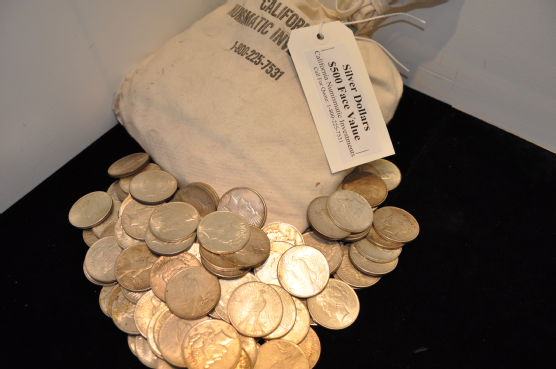
In recent years, many people have become fed up with stocks and bonds and diversified their portfolios with precious metals. Of all the different ways to invest in precious metals, gold coins are perhaps the most fun, as they also offer a glimpse into the past. However, most gold coin collectors will one day want to cash in, at which point they should be familiar with the factors that determine their coins’ values.
Demand
As with any other commodity, demand is an important element of a coin’s value. If the demand for a certain coin is high, it means that collectors are willing to pay more for it.
Mintage
Closely tied to demand is a coin’s mintage, or supply. The U.S. Mint produces different coins every year, which means that the previous year’s supply becomes fixed with each new year. The Mint produces some coins more than others; the rarer a coin is, the higher the demand, and thus, the value.
Condition
Condition is another important factor—dealers and collectors are more inclined to buy coins that are free from wear, scratches, and other kinds of damage. Since uncirculated coins do not suffer the abuse of day-to-day use, they tend to be more valuable. Though you may be tempted to clean dirty coins, keep in mind that doing so may do more harm than good.
Purity
The value of a gold coin also depends on its purity, the pamp suisse gold bar for instance is pure. Generally speaking, the lower your coin’s gold composition, the lower its value. If your coin is mostly made of gold, then its value will go up and down with the price of gold. As a collector, it’s up to you to follow the price of gold and determine when you should buy and sell.
If you’re unsure of the value of your gold collection, the LA area’s California Numismatic Investments can help provide an accurate estimate. We can also help you diversify your investment portfolio with commemorative coins, silver bullion, and other precious metals. Call us at (800) 225-7531 to get started.




